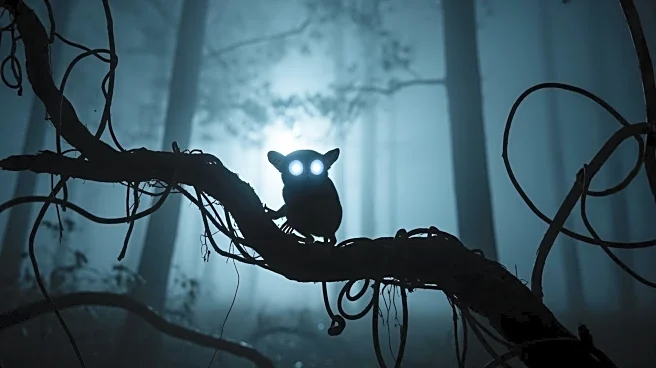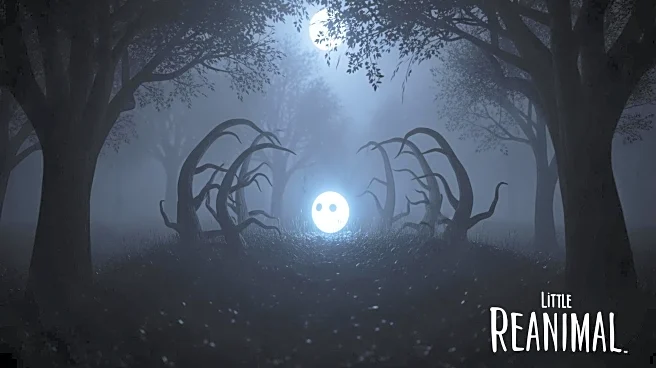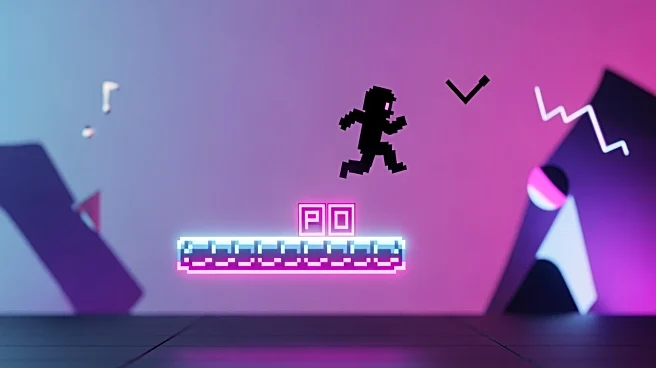What's Happening?
Tarsier Studios, known for its work on Little Nightmares 1 and 2, has introduced a new game titled Reanimal. This game is perceived as a darker and more immersive successor to the Little Nightmares series. The demo, available during Steam Next Fest, showcases
a grimy world filled with unsettling monsters, echoing the morbid atmosphere of the original Little Nightmares. Unlike its predecessors, Reanimal incorporates dynamic camera work and occasional character dialogue, enhancing the gameplay experience. The game retains the puzzle-solving elements and optional co-op mode, allowing players to navigate a hostile environment alongside an AI ally or another player.
Why It's Important?
Reanimal's release marks a significant development for fans of the horror genre, particularly those who appreciated the original Little Nightmares series. By returning to the series' roots with a darker and more immersive environment, Tarsier Studios addresses concerns about the sanitization seen in Little Nightmares 3. This move could attract a broader audience seeking a more intense and memorable gaming experience. The introduction of dynamic camera angles and dialogue may also set a new standard for storytelling and gameplay mechanics in horror games, potentially influencing future game designs.
What's Next?
As Reanimal gains attention, it is likely to spark discussions among gaming communities about its impact compared to previous titles in the Little Nightmares series. Players may anticipate further updates or expansions that build on the demo's promising features. Additionally, the game's reception could influence Tarsier Studios' future projects, encouraging them to explore more innovative and immersive horror experiences.
Beyond the Headlines
Reanimal's approach to horror gaming could lead to broader discussions about the evolution of the genre. By incorporating elements like dynamic camera work and character dialogue, the game challenges traditional horror game conventions, potentially inspiring other developers to experiment with similar techniques. This shift may contribute to a new era of horror games that prioritize atmosphere and storytelling over jump scares.













